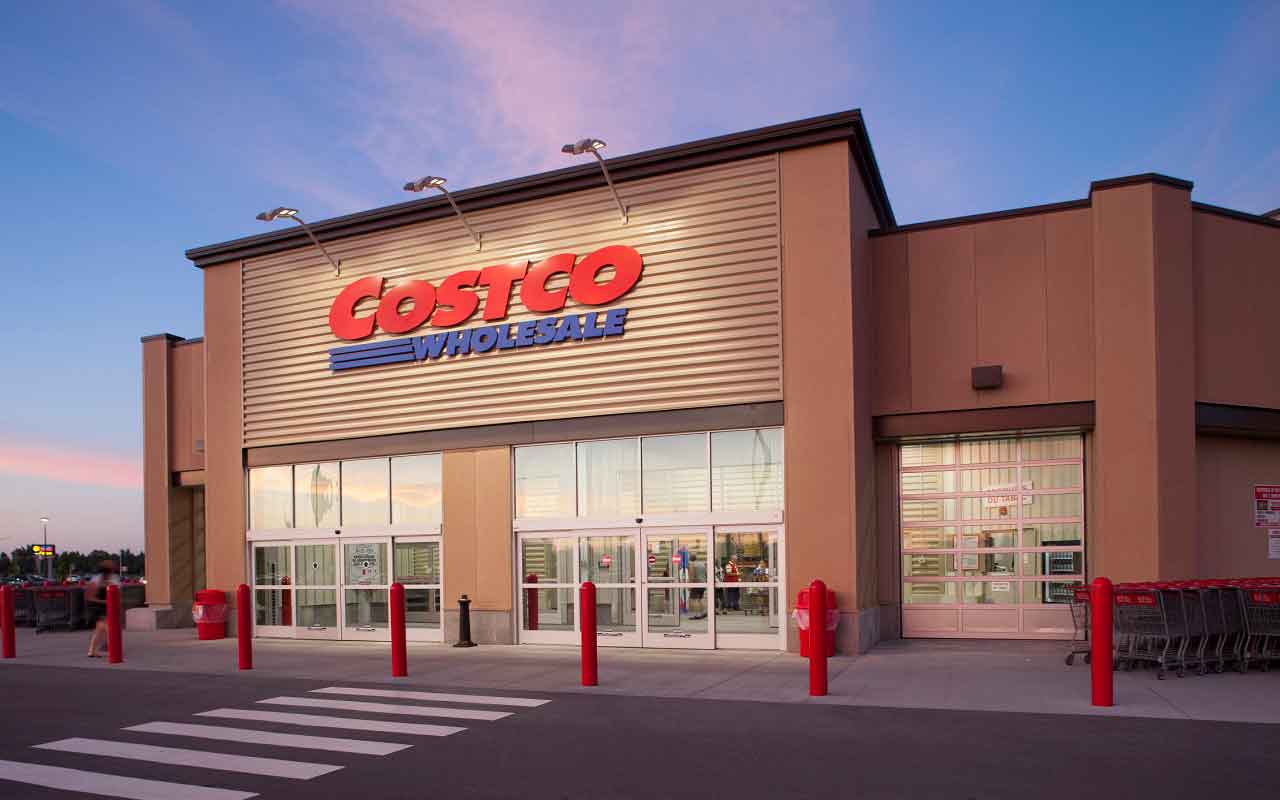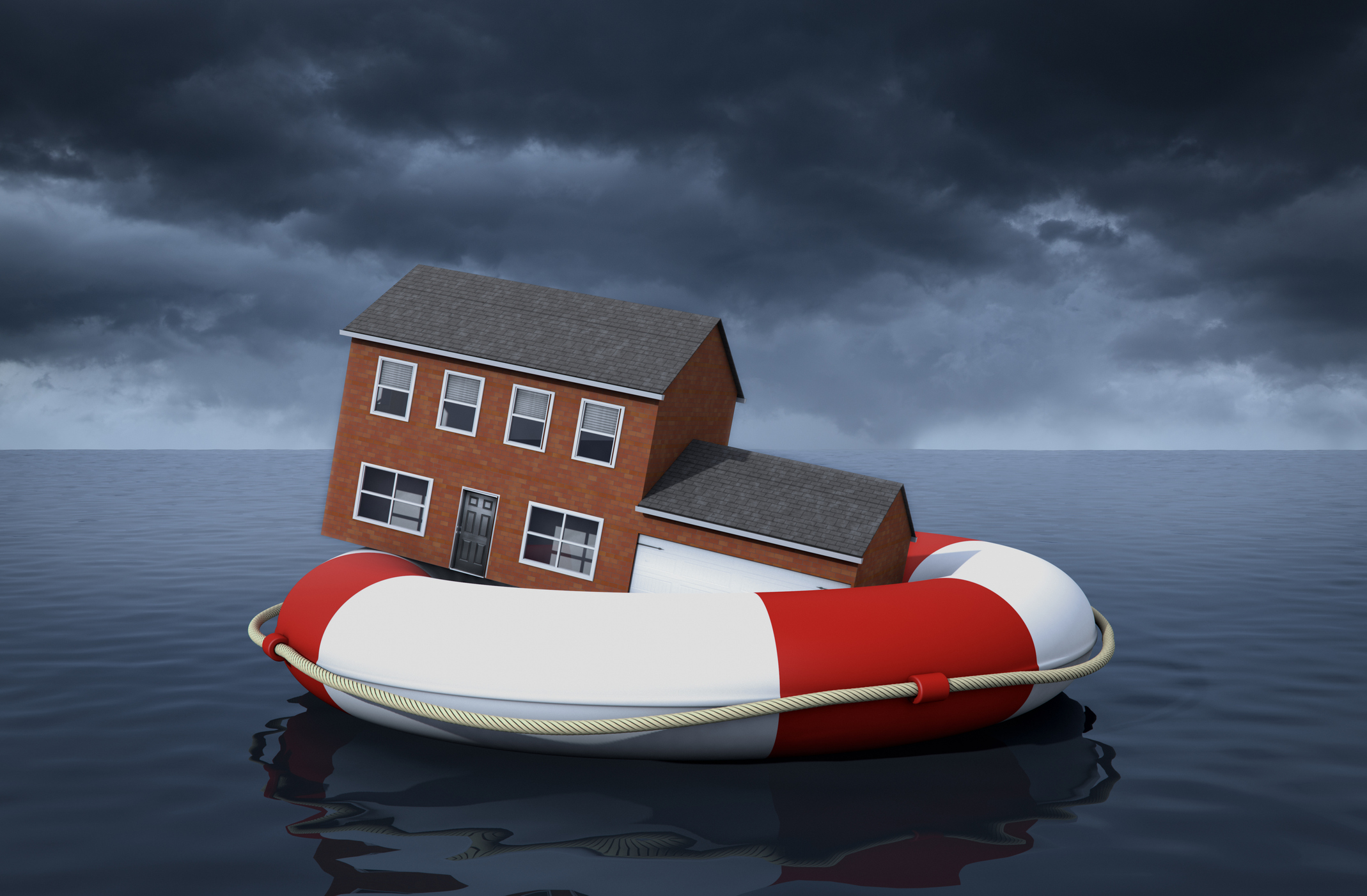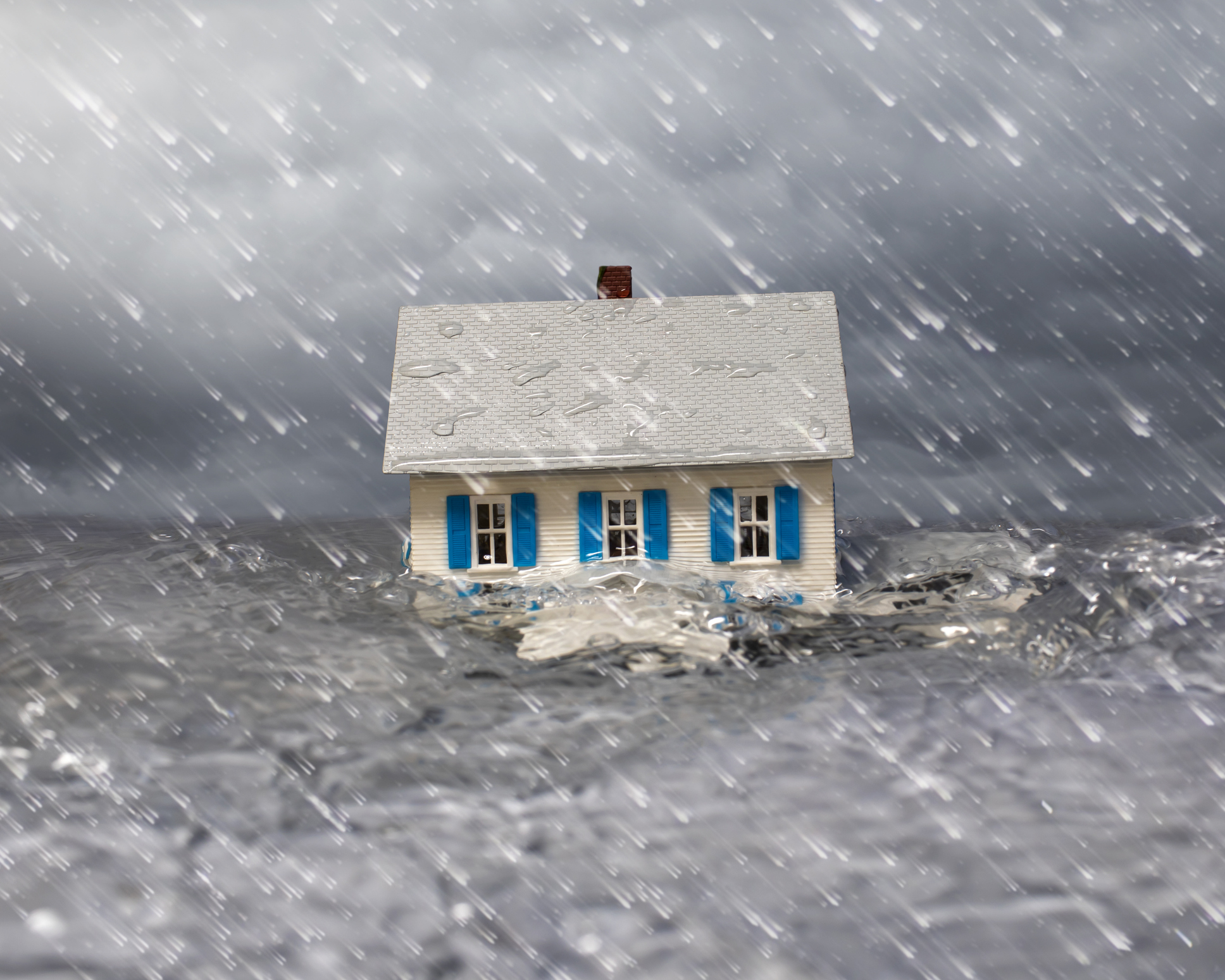Do You Really Need Home Insurance?
Home insurance is required by most mortgage lenders, and is included in your mortgage payment.

Home insurance is usually required by mortgage lenders before closing on a new home. Why? No one buys a home expecting burglary, fires or another disaster, but the damage caused by these unexpected events is often an overwhelming expense that could easily drain a homeowner's reserves. And lenders need to protect their investments.
You may even find, depending on where you live, your mortgage lender will require you to get additional coverage as well — like earthquake or flood insurance. And in areas prone to wild fires like portions of Los Angeles, some carriers are dropping policies altogether, forcing homeowners to obtain either Fair Access to Insurance Requirements (FAIR) plan coverage or a more expensive plan that doesn't pay out as much as a normal policy.
Long story short, homeowners insurance is required in most situations. Here’s what you need to know:

Sign up for Kiplinger’s Free E-Newsletters
Profit and prosper with the best of expert advice on investing, taxes, retirement, personal finance and more - straight to your e-mail.
Profit and prosper with the best of expert advice - straight to your e-mail.
What is home insurance?
When you purchased your home, your lender likely requested that you provide proof of homeowners insurance ahead of the closing. Typically, the payment for that insurance is included in the escrow (a separate account that pays your property taxes and insurance) of your monthly mortgage payment alongside your property taxes and mortgage insurance.
This type of insurance policy protects your home against interior and exterior damage as well as the belongings inside your home. After a covered event, such as falling objects, fire, lightning or civil unrest, your insurance provider cuts you a check for the damage so you can have it repaired. In some cases where the property is fully destroyed, the insurer may even pay to rebuild the home and replace damaged belongings.
Why do lenders require home insurance?
When a bank lends you money to buy a home, they’re making an investment in the property you’ve chosen. If all goes well, you’ll repay the full amount of the mortgage loan plus interest, which equals a profit for them. However, if you default on the mortgage, your home becomes collateral for the bank to recover the money it lent you.
Your mortgage lender has a vested interest in ensuring your property remains valuable even after unanticipated situations. If the home is significantly damaged or decimated, it impacts your lender’s return on their investment. They require homeowners insurance to reduce the risk of losing money while also protecting you from the same unforeseen occurrences.
What is mortgage insurance vs home insurance?
Both home insurance and mortgage insurance are part of your monthly mortgage payment. While they sound similar, they don't provide the same coverage. If you’ve made less than a 20% down payment on a conventional mortgage, your lender likely requires private mortgage insurance or PMI. This only protects your lender if you stop making mortgage payments; it doesn't protect you. Home insurance protects both you and your lender.
Use our tool, in partnership with Bankrate, to compare rates from different home insurance lenders.
What does home insurance cover?
Homeowners insurance (aka hazard insurance) consists of multiple coverage types that could help in various circumstances. There are four areas that most home insurance policies cover as a general standard:
- Dwellings (physical home structure)
- Personal belongings
- Liability
- Additional living expenses
1. Dwellings
Dwelling coverage applies to damage that happens to the internal and external structure of your home. It compensates you for repairs or rebuilding in the event of:
- Hurricanes
- Hail, Ice, Snow, Sleet
- Fire/smoke
- Lightening
- Theft/vandalism
- Falling objects
- Explosions
Dwellings could also cover qualifying detached structures on your property, but that depends on your policy. More disasters or events could also be covered within your specific insurance policy, so you’ll want to read through your insurance documents carefully.
2. Personal belongings
Your furniture, equipment, clothing, and electronics are items that a home insurance policy would reimburse you for if they were damaged or destroyed in a disaster. Generally, insurance covers 50% to 70% of the value of these belongings. Valuable possessions like jewelry, art, and collectibles could need additional coverage. It's ideal that once per year you take a video of all your belongings, as this can help your carrier catalogue your stuff if you ever need to file a claim.
3. Liability coverage
If someone were injured on your property, you would be personally liable for legal costs, medical bills, and other expenses without the protection of home insurance. This covers the cost of legal protection and even damage created by your pets.
4. Additional living expenses
If the effects of a catastrophe render your home unlivable, this form of coverage takes care of costs such as:
- Hotel bills
- Meals
- Storage space
- Extra transportation fees (if you have to drive further to work)
- Pet boarding
The limits on this coverage vary depending on policy but it’s typically 20% of your dwellings coverage.
What if my insurance carrier drops my coverage?
It's becoming more common for insurance companies to drop policies they deem too risky. 1.9 million homeowners have lost their policies since 2018, according to the New York Times. You'll usually lose coverage if you live in areas where more high-risk events go on, such as floods, wildfires or hurricanes.
If your insurance provider drops your coverage, you do have other options. You can add coverage from another provider or opt for a FAIR plan. These plans are managed by the state and funded through traditional carriers for higher risk homes. What's also unique about these is different coverages of your plan might be covered by different policy providers to lower risk on their end. 35 states currently offer FAIR plans.
Related Content
Get Kiplinger Today newsletter — free
Profit and prosper with the best of Kiplinger's advice on investing, taxes, retirement, personal finance and much more. Delivered daily. Enter your email in the box and click Sign Me Up.

Seychelle is a seasoned financial professional turned personal finance writer. She’s passionate about empowering people to make smart financial decisions by combining 10 years of finance industry experience with solid research and a wealth of knowledge. Seychelle is also a Nav-certified credit and lending expert who has explored money topics such as debt consolidation, budgeting, credit, and lending in her work for publications including GOBankingRates, LendEDU, and Credible.
-
 What 401(k) Savers Near Retirement Can Do Amid Market Volatility
What 401(k) Savers Near Retirement Can Do Amid Market VolatilityWhether retirement is years away, a year or two out, or in the rearview mirror, here's how to handle uncertainty in your 401(k).
By Donna Fuscaldo Published
-
 The New Space Age Takes Off
The New Space Age Takes OffThe Kiplinger Letter From fast broadband to SOS texting, space has never been more embedded in peoples’ lives. The future is even more exciting for rockets, satellites and emerging space tech.
By John Miley Published
-
 Should You Get Auto or Home Insurance Through Costco?
Should You Get Auto or Home Insurance Through Costco?Costco members can access discounted insurance through Connect by American Family — but is it really a better deal?
By Paige Cerulli Published
-
 How to Lower Home Insurance Rates When Climate Change Increases Costs
How to Lower Home Insurance Rates When Climate Change Increases CostsA top insurer warns the damage climate change causes is making it cost-prohibitive for insurers in some areas. Learn how to protect your home and lower costs.
By Sean Jackson Published
-
 Four Things You Can Do If Your Home Insurance Is Canceled or Not Renewed
Four Things You Can Do If Your Home Insurance Is Canceled or Not RenewedDon't panic — here's how to understand your notice, switch coverage and protect your home after a policy nonrenewal or cancellation.
By Ben Luthi Published
-
 See How Much Auto Tariffs Could Raise Your Car Insurance Rates
See How Much Auto Tariffs Could Raise Your Car Insurance RatesPresident Donald Trump issued a 25% tariff on all car imports. See how this tariff impacts the cost of your car insurance.
By Sean Jackson Last updated
-
 These Eight States Have the Most Expensive Home Insurance in 2025
These Eight States Have the Most Expensive Home Insurance in 2025If you live in one of these eight states, you’re probably paying $1,000 or more above the national average for home insurance.
By Rachael Green Published
-
 10 States with the Cheapest Home Insurance in 2025
10 States with the Cheapest Home Insurance in 2025Homeowners in these 10 states pay at least $1,000 less than the national average for home insurance.
By Rachael Green Published
-
 Switching Home Insurance: How to Re-Shop for the Best Coverage
Switching Home Insurance: How to Re-Shop for the Best CoverageHomeowners nationwide are facing rising home insurance costs and policy cancellations. Learn how to compare providers, find savings and ensure your home remains protected.
By Dori Zinn Last updated
-
 Borrowing Against Your Life Insurance: How It Works and What to Consider
Borrowing Against Your Life Insurance: How It Works and What to ConsiderUnlock quick access to cash by borrowing against your life insurance policy — without credit checks or strict repayment terms.
By Dori Zinn Published